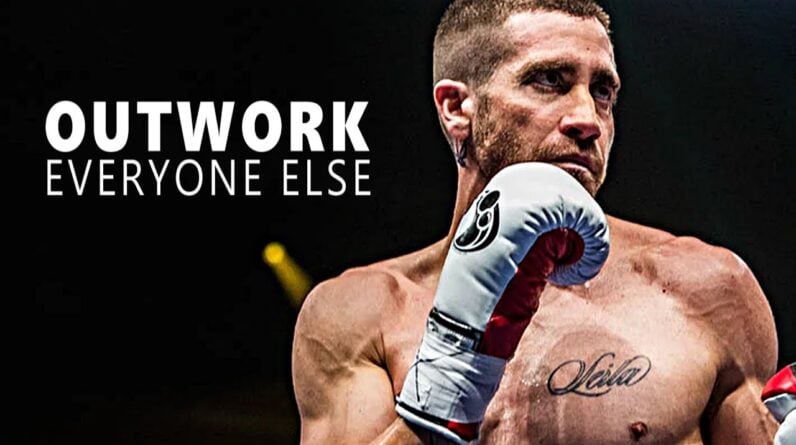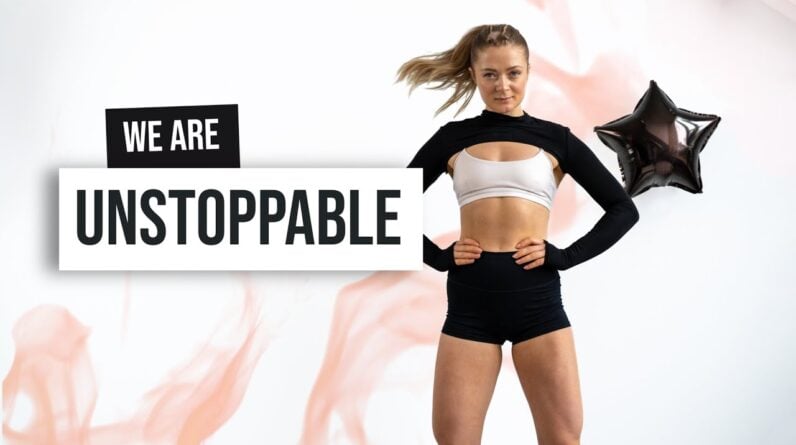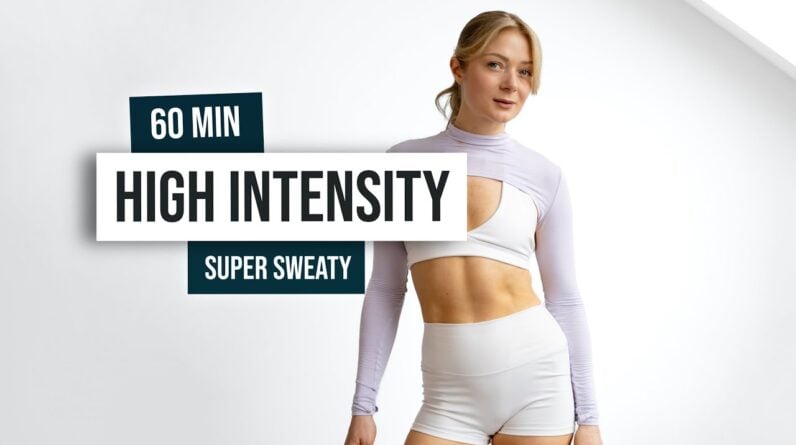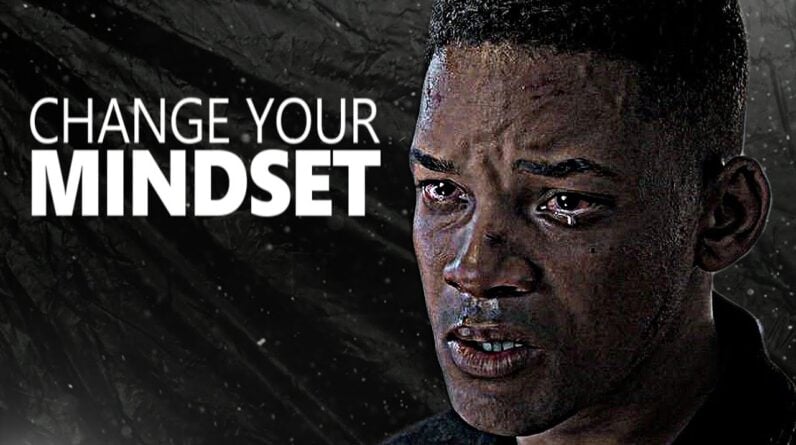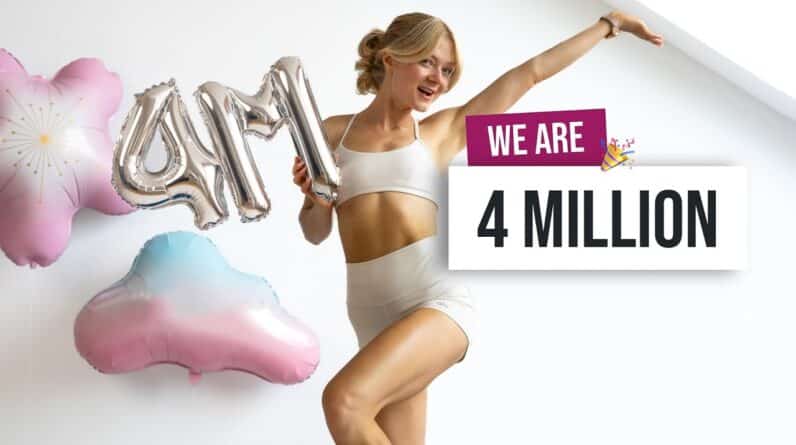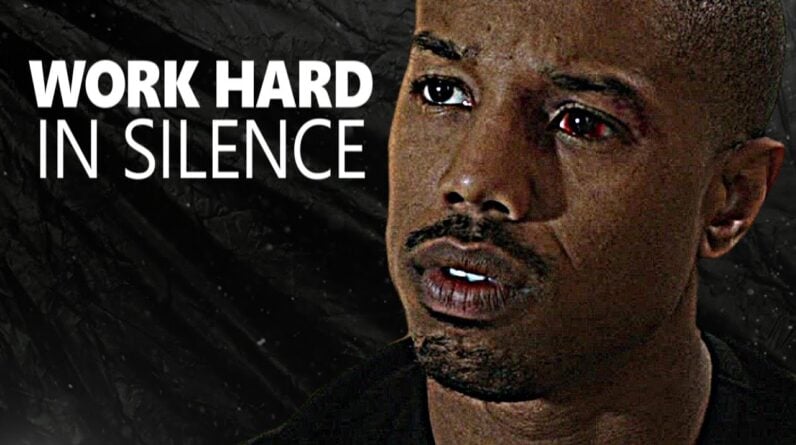
If you noticed some extra definition in your lower body since you’ve hopped in the saddle, you might wonder, What muscles does cycling work?
After seeing years of headlines warning that “sitting is the new smoking,” it might require a little suspension of disbelief to consider that you can get in the best shape of your life while largely parked on your butt.
But that’s what cycling, a surprisingly comprehensive workout, can provide.
“Cycling builds muscle and improves endurance,” says John Gardner, an NASM-certified personal trainer. It’s a serious calorie burner, which can help you lose fat and slim down overall.
“While the most difference will appear on the lower body muscles — as most of the pedaling power comes from those muscles — your core can get toned, too,” he adds.
Cycling works your cardiovascular system as well as your lower body. Here’s how.
1. Heart

First, a good bike workout can strengthen the most vital muscle of all.
“Cycling is a cardiovascular exercise, so that means you’re going to burn calories and strengthen your heart and lungs while you do it,” says Melanie Melillo, CPT.
But in terms of the muscle groups you can see, cycling mainly works the lower body, particularly the legs. Cycling indoors with a bike that provides varying resistance can help you focus on these areas.
“When you’re an indoor cyclist, because of the resistance on the flywheel, you’ll shape and tone your legs, creating definition in your quads, calves, and glutes,” says Melillo.
2. Quadriceps

As your legs cycle, you slightly straighten your legs to push the pedal down. That engages the quadriceps, says Gardner. Your quads are the four muscles that line the front and sides of the thigh.
As both hip flexors and knee extensors, they’re super-functional; strengthening them can help support those major joints.
And because the quads comprise the biggest muscle group in your body, building them can have visible benefits.
3. Hamstrings

As you bend your knees and pump away, you work the hamstrings muscles — those on the backs of the thighs — which provide force to push against the pedals, says Gardner.
And if you have clip-in pedals, you place slightly more emphasis on the hamstrings and hip flexors by more actively pulling up with each pedal stroke.
4. Calves

As you pedal downward, the calves power the action, collaborating with the hamstrings and quadriceps to push against the pedal and stabilize the foot, says Gardner.
On the stability front, doctors and trainers often prescribe cycling to people who are recovering from knee injuries or whose knees are bothered by joint disorders like arthritis.
“I highly recommend cycling to my patients,” says Siddharth Tambar, MD, a board-certified rheumatologist in Chicago who specializes in the non-surgical treatment of neuromuscular problems.
“Cycling recruits the gluteus, quadriceps, thigh, and calf muscles. Strengthening these muscles has a stabilizing effect on the knees, decreasing knee instability, weakness, and injury,” Tambar explains.
5. Glutes

When cycling, your hips rotate, which engages the glutes; they allow the pelvis to stay stable on the bike, says Gardner. The motion and resistance can strengthen this aesthetically crucial muscle group.
“The stronger your glutes are, the perkier they are,” says Melillo. “And we all know these days, the more shapely the booty, the better.”
An important note: Don’t shift your butt out of alignment to try to further engage those muscles; that can be dangerous, says Melillo.
“If you stick your butt out further, are you going to get more glute work? No,” she says. “You can actually hurt yourself. The more efficient you get at riding, the more resistance you can turn on, and the stronger you’ll get overall. Your glutes work as much as they need to work when you’re in the proper cycling position.”
6. Core

“Surprisingly, indoor cycling is a complete core workout,” says Karen Maxwell, an ISSA-certified sports nutritionist and master instructor for CycleBar in Denver, Colorado. “Your core stabilizes you; it’s your central place of balance and power. The more still the upper body is and with a tight core, the better.”
Functional Fitness
But cycling’s benefits can be more significant than any individual muscle group. “It’s really about the functional [fitness] that you bring to every other aspect of your life,” says Melillo.
“When you have more muscular endurance in your legs, you’re going to be able to enjoy the rest of your life without fatiguing as quickly. You’ll be that person who, when somebody says, ‘Hey, you want to go for a hike?’ or, ‘Let’s go for a walk,’ you’ll be able to do it because you’ll have that foundation. It brings a lot to just general quality of life,” she explains.
The post What Muscles Does Cycling Work? Here’s What Your Workouts Are Doing for You appeared first on BODi.
Discover the Incredible Benefits of Cycling: Unveiling the Muscles That Get a Workout
The Power of Pedaling: A Full-Body Workout
Cycling is not only a fun and enjoyable activity, but it also offers numerous health benefits. One of the greatest advantages of cycling is that it provides a full-body workout. While primarily known for its cardiovascular benefits, cycling engages various muscles throughout your body, helping you build strength, endurance, and tone your physique.
Legs: The Powerhouses
When you hop on a bicycle, your legs become the primary drivers of the movement. The quadriceps, located in the front of your thighs, are responsible for extending your knees and pushing the pedals down with force. The hamstrings, located at the back of your thighs, work in conjunction with your quadriceps to powerfully pull the pedals up during the upstroke. Additionally, the calves and glutes play a significant role in propelling your bike forward.
Core: Stability and Balance
Cycling is an excellent way to strengthen your core muscles, which are essential for stability and balance. As you ride, your core muscles, including the abdominals and lower back muscles, engage to support your body and maintain an upright position. A strong core not only improves your cycling performance but also enhances your overall posture and reduces the risk of back pain.
Arms and Shoulders: Supporting the Ride
While cycling predominantly targets the lower body, it also engages your upper body muscles. Your arms and shoulders provide support and stability as you steer and control the bike. The muscles in your arms, particularly the biceps and triceps, work to maintain a firm grip on the handlebars. Additionally, your shoulders and upper back muscles assist in maintaining proper posture and balance throughout your ride.
Cardiovascular Health: Pumping Up Your Heart
Cycling is an excellent cardiovascular exercise that gets your heart pumping and strengthens your cardiovascular system. Regular cycling helps improve your heart’s efficiency in delivering oxygen and nutrients to your muscles, reducing the risk of heart disease, high blood pressure, and stroke. It also boosts your lung capacity, enhancing your overall endurance and stamina.
Low Impact, High Results
One of the greatest advantages of cycling is that it is a low-impact exercise. Unlike running or high-intensity workouts, cycling puts minimal stress on your joints, making it suitable for people of all ages and fitness levels. This low-impact nature of cycling reduces the risk of injuries while allowing you to achieve significant results in terms of strength, weight loss, and overall fitness.
Weight Loss: Pedal Your Way to a Fitter You
If weight loss is your goal, cycling can be an effective tool in shedding those extra pounds. Regular cycling helps burn calories, boost metabolism, and promote fat loss. Whether you choose to cycle outdoors or use a stationary bike, incorporating cycling into your fitness routine can contribute to achieving a healthier weight and body composition.
Mental Well-being: Ride Away Stress
Cycling not only benefits your physical health but also has a positive impact on your mental well-being. Engaging in regular exercise, such as cycling, releases endorphins, which are natural mood boosters. It helps reduce stress, anxiety, and symptoms of depression. Cycling outdoors also allows you to connect with nature, providing a sense of tranquility and improving your overall mental state.
Conclusion
Cycling offers a multitude of incredible benefits for your body and mind. From building strength and endurance to improving cardiovascular health and mental well-being, cycling is a versatile exercise that can be enjoyed by people of all ages and fitness levels. So, grab your helmet, hop on your bike, and start reaping the amazing rewards that cycling has to offer!



